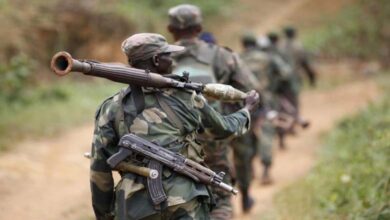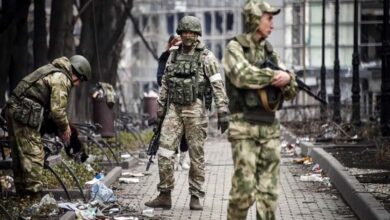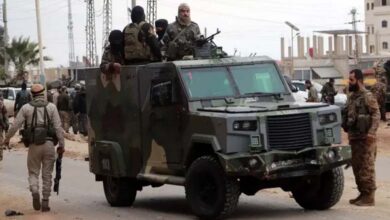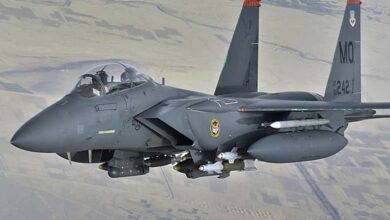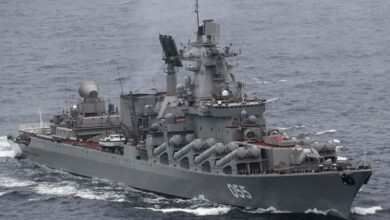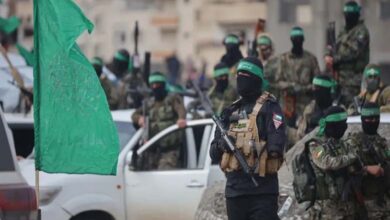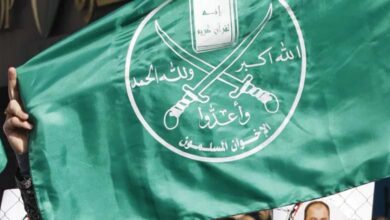Are Iranian Marches Shifting the Course of War in Sudan?
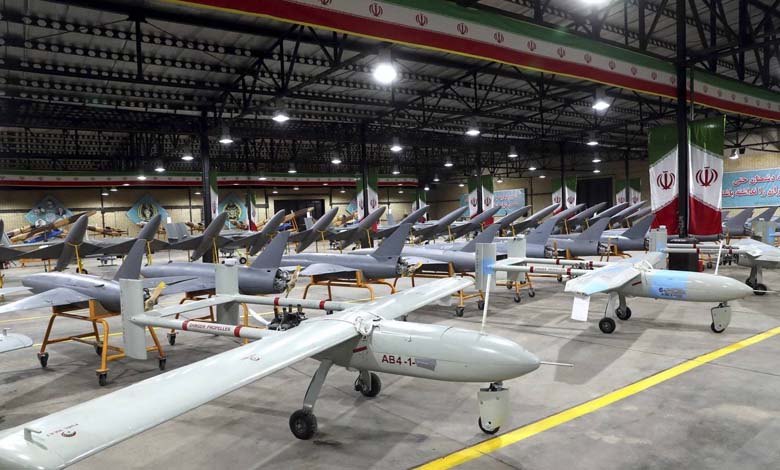
According to a senior source in the Sudanese army cited by Reuters, one year into the war in Sudan, Iranian-made armed drones, developed by the Sudanese army, are helping to shift the course of the conflict and halt the advance of rapid support forces, fought by the army, to regain territory around the capital.
Six Iranian sources, along with officials and diplomats from the region who requested anonymity due to the sensitivity of the information, informed Reuters that the army had acquired Iranian drones in recent months.
More than ten residents of Khartoum also stated that the Sudanese army had used some older drones in the first months of the war, alongside missile batteries and fighter jets, but without significant success against fighters from the rapid support forces.
More Effective Drones
Five witnesses reported that in January, nine months after the start of the fighting, the use of more effective drones began from the Wadi Seidna military base north of Khartoum.
Residents revealed that the drones appeared to monitor the movements of the rapid support forces, target their positions, and accurately pinpoint artillery strikes in Omdurman, one of three cities on the banks of the Nile, housing the capital Khartoum.
Mohamed Osman, 59, a resident of the Revolution neighborhood in Omdurman, said: “In recent weeks, the army has started using precise drones in military operations, which forced the rapid support forces to flee many areas and allowed the army to deploy its forces on the ground in Omdurman heavily under the protection of aviation.”
No previous reports have indicated the extent or manner in which the army deployed Iranian drones in Omdurman and other areas. Bloomberg and Sudanese media have reported the presence of Iranian drones in the country.
A senior source in the Sudanese army denied that the drones had come directly from Tehran and refused to disclose how they had been acquired or the number of aircraft the army had obtained.
The source clarified that despite the restoration of diplomatic relations between Sudan and Iran last year, official military cooperation remains suspended.
Asked about the Iranian drones, Sudan’s interim Foreign Minister Ali al-Sadiq, an ally of the army who visited Iran last year, told Reuters: “Sudan has not received any weapons from Iran.”
Iranian and regional sources said that Tehran’s support for the Sudanese army aims to strengthen relations with the strategically located country.
Sudan, located on the Red Sea coast, is a key location in the competition between global powers, including Iran, amid the intensification of the war in the Middle East. On the other side of the Red Sea, the Houthis in Yemen are carrying out attacks in support of Hamas in Gaza.
A Western diplomat, requesting anonymity, said: “What will Iran get in return? They now have a launchpad on the Red Sea and in Africa.”
The war between army chief Gen. Abdul Fattah al-Burhan and Rapid Support Forces commander Gen. Mohammed Hamdan Dagalo has plunged millions into famine and caused the largest displacement crisis in the world.
Weapon Manufacturing with Iran’s Assistance
Former Sudanese intelligence general Amin Majzoub emphasized that Sudan previously manufactured weapons with Iran’s assistance and had refurbished drones it already possessed to make them more effective during the war.
Majzoub did not specifically comment on the source of the drones recently used in combat.
A regional source close to the ruling circle in Iran said that Iran’s Qeshm Fars Air airline had transported Iranian drones of the Mohajer and Ababil models to Sudan several times since late last year. Mohajer and Ababil drones are manufactured by companies operating under the supervision of the Iranian Ministry of Defense, which has not yet responded to a request for comment.
Flight tracking data compiled by Zoiennberg of the Dutch peace organization PAX and provided to Reuters showed that in December 2023 and January 2024, a Qeshm Fars Air Boeing 747-200 freighter aircraft made six flights from Iran to Port Sudan, an important base for the army since Rapid Support Forces seized strategic sites in Khartoum in the early days of the war.
No previous reports mentioned the frequency of these flights. Qeshm Fars Air, subject to U.S. sanctions, did not respond to emails and phone calls.
An image provided by satellite imagery company Planet Labs, which Reuters verified for its location and date, showed a Boeing 747 with wing lengths matching those of a 747-200 aircraft on the runway at Port Sudan on December 7, which Zoiennberg said was the date of the first flight.
Zoiennberg added that a Mohajer-6 aircraft appeared in January on the runway at the Wadi Seidna base in another satellite image captured on January 9.
The Rapid Support Forces stated that the army receives shipments twice a week carried by Iranian freighter aircraft, including drones and other weapons from Tehran.
They told Reuters that intelligence information from the Rapid Support Forces indicated that Iranian drones of the Mohajer-4, Mohajer-6, and Ababil models had been delivered to Port Sudan. They also revealed that several drones had been shot down.
Acquiring weapons from Iran could complicate the Sudanese army’s relations with the United States, which is leading efforts to negotiate between the warring parties.
The U.S. State Department did not respond to a request for comment on this report.
Former U.S. Ambassador to Sudan John Godfrey told reporters shortly before the end of his tenure there last month that reports of Iranian support for the Sudanese army with weapons were “extremely concerning and a major source of worry for us.”



